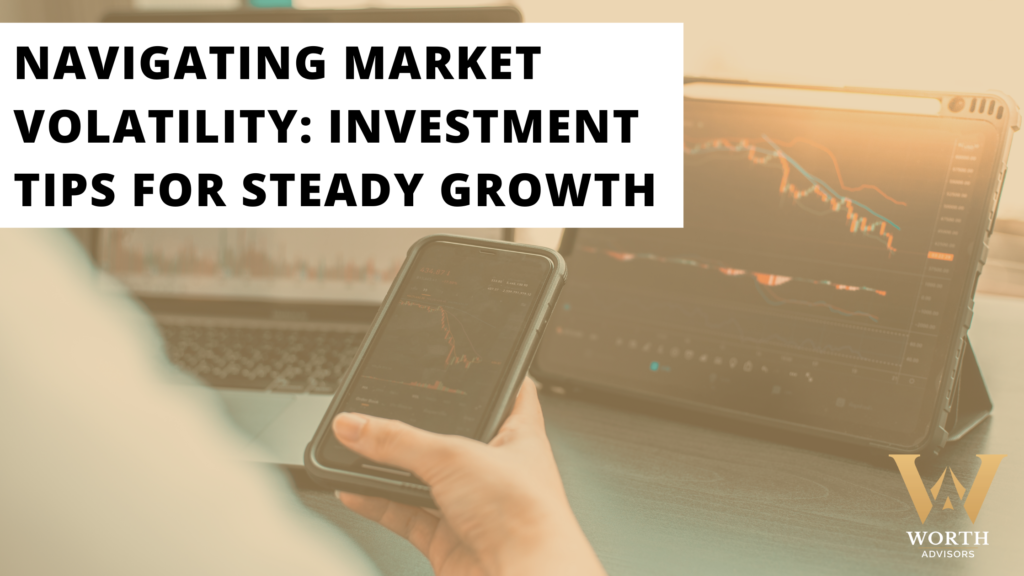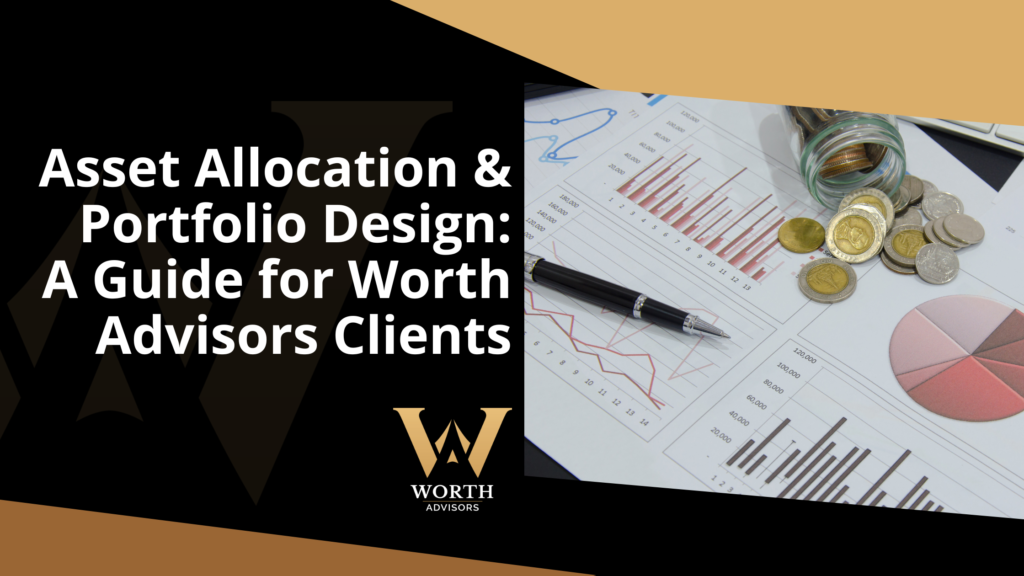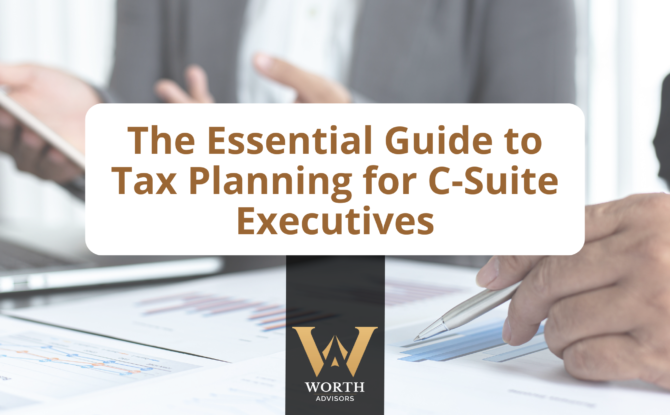Selecting suitable income sources to fund your retirement planning is paramount. With this in mind, annuities are an option for many retirees. They offer consistent payments throughout your life, which leads to financial stability in retirement. Such features make annuities a valuable component of retirement planning.
They provide predictable income, which can be customized to align with your specific retirement needs and objectives. Annuities also ensure income continuity for a surviving spouse, offering financial security beyond the retiree’s life. Typically, you fund these annuities well before retirement, either making a one-time lump sum payment or spreading your contributions over several years. While annuities are often viewed as having upfront costs and penalties for early withdrawal, they offer a secure income stream for retirement.
Understanding Annuities
An annuity is a contractual agreement with an insurance provider. You commit capital upfront, either all at once or over time and in exchange, you start receiving regular financial disbursements at a predetermined future date. This setup is particularly effective in mitigating the risk of depleting your retirement funds prematurely. Annuities come in two primary forms: immediate and deferred. Immediate annuities begin disbursing funds shortly after the initial investment, making them ideal for retirees needing immediate income. In contrast, deferred annuities delay payments until a future date, offering an opportunity for your investment to accrue value.
The latter could lead to higher payouts. Integrating annuities with other retirement income, like Social Security or pensions, is crucial for a well-rounded retirement plan. Though annuities might carry sizable initial costs and penalties for early access, they are instrumental in ensuring a reliable income stream in retirement. Immediate annuities provide a financial safety net shortly after investment, whereas deferred annuities are a long-term economic strategy, allowing your funds to grow.
Fixed vs. Variable Annuities
Deciding between fixed and variable annuities depends on your financial goals and risk tolerance. Fixed annuities guarantee a specific payment amount, providing a dependable income stream and reducing uncertainty in your financial planning.
Conversely, variable annuities tie your returns to the performance of chosen investment options, such as stocks or bonds, which introduces a higher degree of risk but also a chance for increased gains. These are particularly useful in managing the impact of inflation. You should be familiar with the terms associated with your annuity, including any fees and potential charges for accessing funds prematurely.
While fixed annuities appeal to those seeking financial stability, variable annuities might suit those willing to take on more risk for greater returns. Fees related to annuities can be significant, and they are an essential factor to consider when evaluating the suitability of this investment. Moreover, timing the annuity payouts to coordinate with your retirement plan ensures they meet your living expenses when needed. Fixed annuities provide security with known returns, while variable annuities offer growth potential tied to market performance. Navigating these options requires careful consideration of long-term financial goals and current market conditions.
Let Us Serve You
Planning for retirement involves comprehensive strategies and understanding all available financial instruments. Annuities, while complex, offer a structured way to secure a reliable income throughout retirement. If you’re contemplating including an annuity in your retirement portfolio, assessing how it fits your broader financial goals is vital.
Financial advisors provide tailored strategies to your unique situation. At Worth Advisors, we guide you through complex retirement planning choices, focusing on securing a prosperous and stable future. Contact us so we can help you build a resilient financial retirement plan.
Disclaimer: Always consult a financial, tax, or legal professional familiar with your unique circumstances before making any financial decisions. This material is intended for educational purposes only. Nothing in this material constitutes a solicitation to sell or purchase any securities. Any rates of return are historical or hypothetical in nature and are not a guarantee of future returns, which may be lower or higher. Investments involve risk. Investment values will fluctuate with market conditions, and security positions, which, when sold, may be worth less or more than their original cost.













